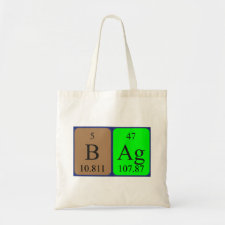
Authors: Fu KX, Zhang RL, He JC, Bai HP, Zhang GL
Article Title: Sensitive detection of ketamine with an electrochemical sensor based on UV-induced polymerized molecularly imprinted membranes at graphene and MOFs modified electrode.
Publication date: 2019
Journal: Biosensors and Bioelectronics
Volume: 143
Article Number: 111636.
DOI: 10.1016/j.bios.2019.111636
Alternative URL: https://www.sciencedirect.com/science/article/pii/S0956566319307158
Abstract: Ketamine is one of the most widely abused drugs in the world and poses a serious threat to human health and social stability; therefore, the ability to accurately monitor the substance in real-time is necessary. However, several problems still exists towards this goal, such as the generally low concentration of the target molecules disturbed in the complex samples that undergo analysis during criminal investigations. In this work, the sensitive and selective detection of ketamine was accomplished by molecularly imprinted electrochemical sensor. The molecularly imprinted membrane as a biomimetic recognition element was fabricated by the UV-induced polymerization of methacrylic acid (MAA) and ethylene glycol dimethacrylate (EGDMA) on a metal-organic framework/graphene nanocomposite (MOFs@G) modified screen-printed electrode. The screen printed electrode (SPE) provided good adhesion for the formation of the imprinted membranes and increased the stability of the sensor. The morphology and performance of the imprinted films were characterized in detail by scanning electron microscopy (SEM), cyclic voltammetry (CV), electrochemical impedance spectroscopy (EIS), and differential pulse voltammetry (DPV). The experimental results demonstrated that the imprinted sensor had excellent sensitivity, selectivity, and long-term stability. It offered a low detection limit (4.0 × 10-11 mol L-1) and had a dynamic range from 1.0 × 10-10 mol L-1 to 4.0 × 10-5 mol L-1. Furthermore, the established method was successfully applied for the determination of ketamine in urine and saliva samples
Template and target information: ketamine
Author keywords: Ketamine, Molecularly imprinted sensor, MOFs@G nanocomposite, UV-Induced, Screen printed electrode



Join the Society for Molecular Imprinting

New items RSS feed
Sign-up for e-mail updates:
Choose between receiving an occasional newsletter or more frequent e-mail alerts.
Click here to go to the sign-up page.
Is your name elemental or peptidic? Enter your name and find out by clicking either of the buttons below!
Other products you may like:
 MIPdatabase
MIPdatabase









